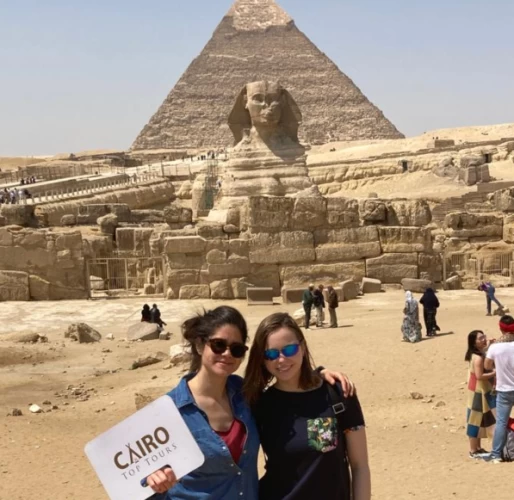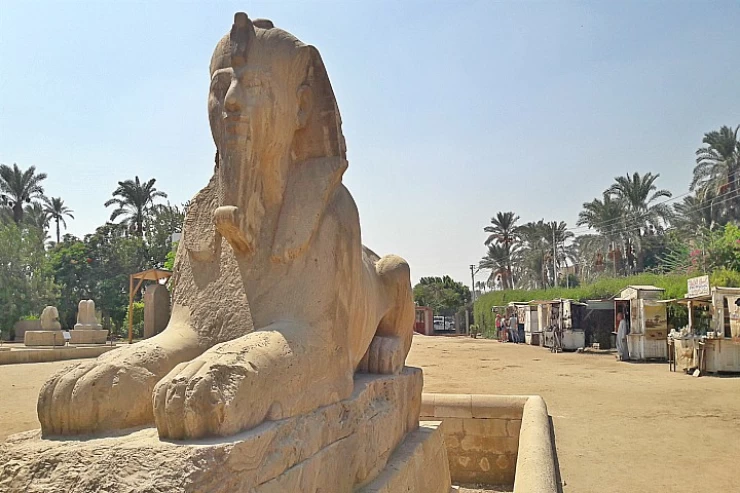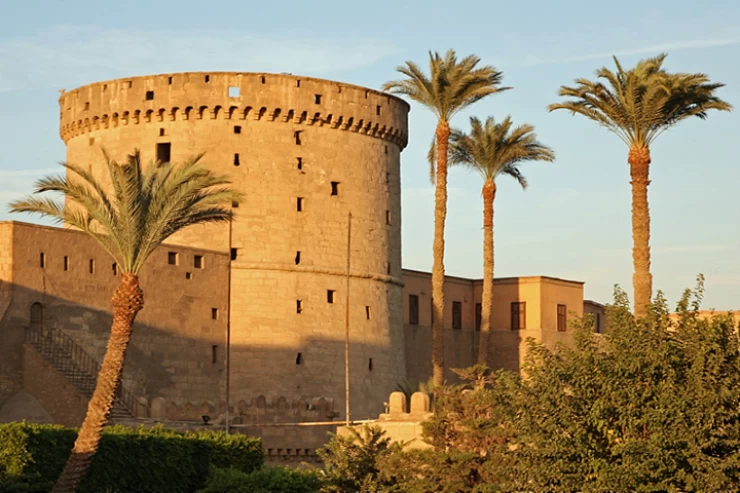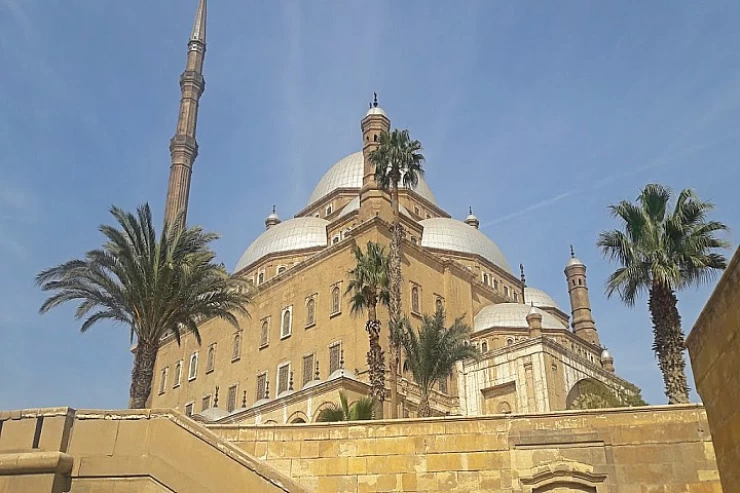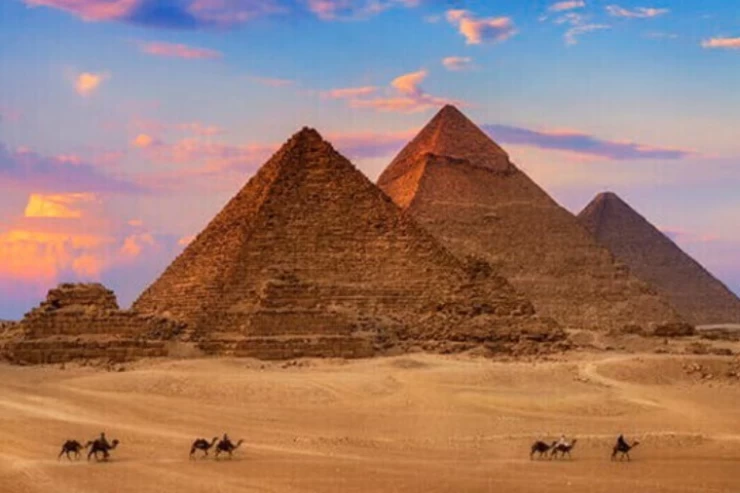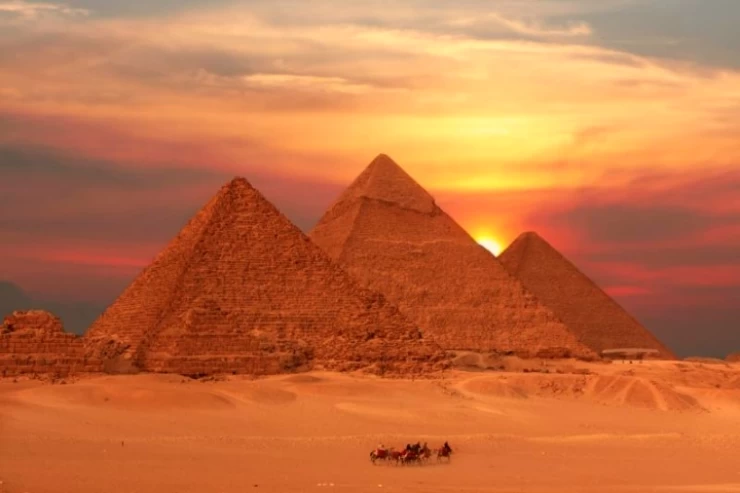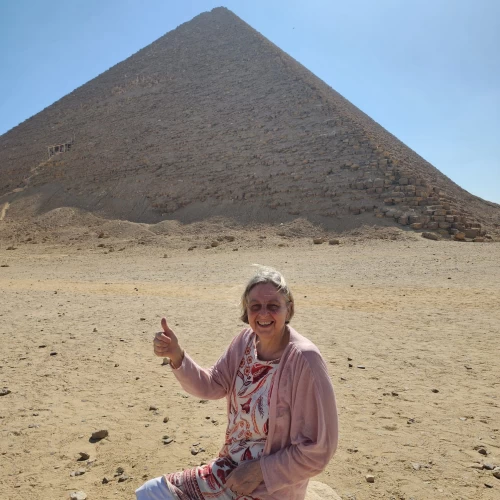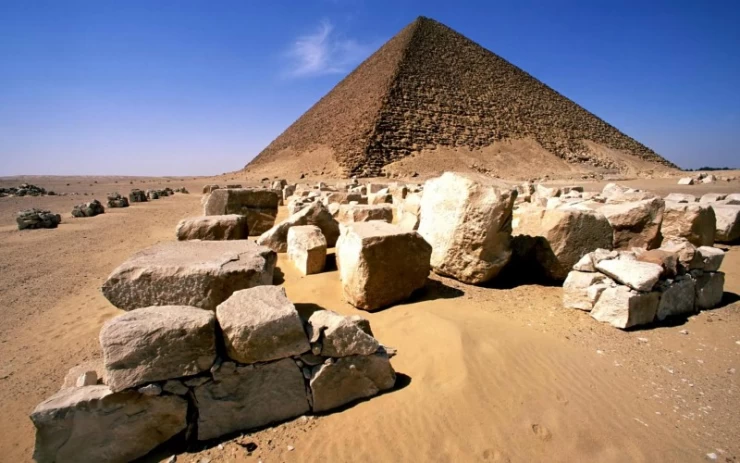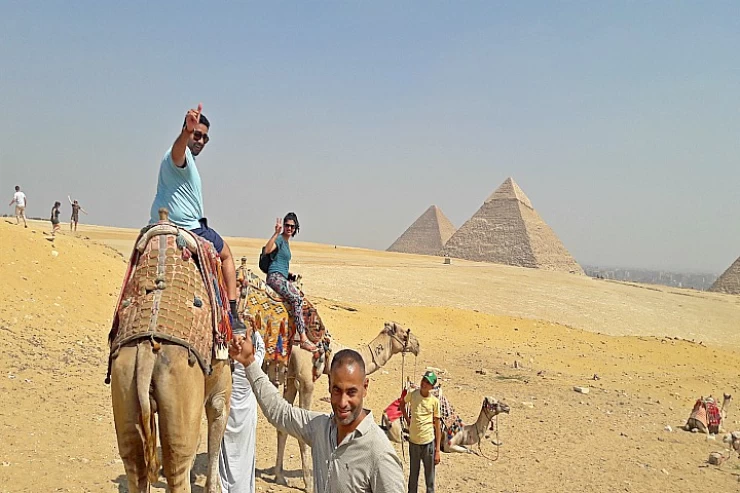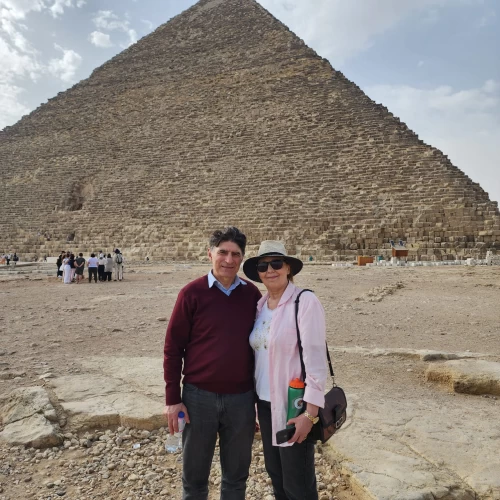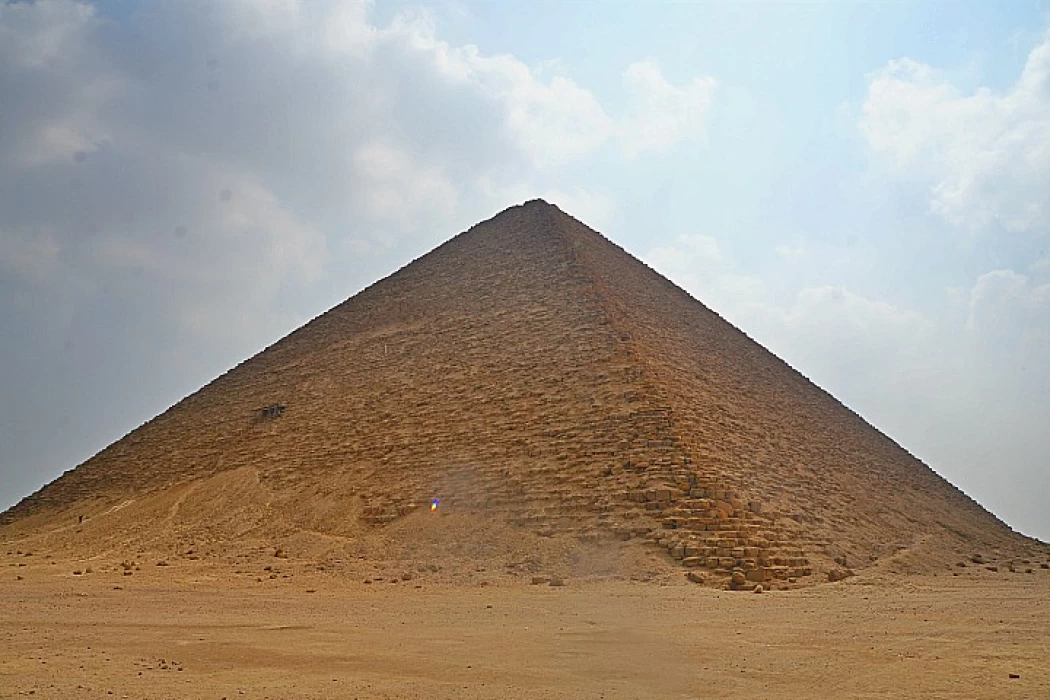
The Fourth Dynasty of Ancient Egypt History
Sais, in the western Delta, served as the capital of the short-lived Twenty-fourth Dynasty of Egyptian pharaohs. renowned monarchs in Egyptian history. The third transitional era is said to include this dynasty. It ruled from 2613 to 2496 BC and is considered the golden age of the ancient state and Egyptian civilisation as a whole, as this dynasty witnessed the largest architectural renaissance in the construction of the pyramids completely, so that its era was called the era of the pyramid builders.
Its kings succeeded in upgrading the economy, trade, mining, and military expansion in the face of the tribes of Libya and Nubia, and the arts, culture, and religious thought flourished in its era as a result of stability and prosperity. The relative peace of the Third Dynasty gave the rulers of the Fourth Dynasty an opportunity to explore more artistic and cultural endeavors.
King Sneferu's building experiments led to the evolution from mastaba-style stepped pyramids to ‘true’ pyramids with smooth sides, such as those on the Giza Plateau. No other period in Egypt's history matches the architectural achievements of the Fourth Dynasty. Every ruler of this dynasty (with the exception of Shepses K) built at least one pyramid to serve as a tomb or sarcophagus.
Kings of the Fourth Dynasty
King Sneferu
Founder of the Old Kingdom's Fourth Dynasty. Estimates of his reign vary between 24 and 48 years. His reign was characterized by the expansion of foreign trade, disciplinary campaigns, and mining expeditions. With his engineer and advisor Imhotep, he arrived at the complete form of the pyramid, where he built three pyramids that remain to this day and can be visited in Dahshur.
King Khufu
Pharaoh Khufu was the second king of the Fourth Dynasty, who succeeded Pharaoh Sneferu on the throne, and is likely to be his father. It is well established that his mother was Queen Hetep Haras, whose tomb is in the tombs of Giza. One of the Seven Wonders of the Ancient World, the Great Pyramid, is said to have been constructed by him as his tomb on the Giza plateau. Many additional facets of his rule are not known to history.
He sent expeditions to Wadi al-Maghara in the Sinai to retrieve turquoise. His name and an image of him landing on a person's head with a pin were found. His only statue found in Abydos is of ivory, with his name inscribed on the throne. And there are many other
Latest Articles
Admin
Aswan Governerate in Egypt
Aswan was known as ‘Sonu’ in ancient Egyptian times, meaning market, as it was a trading centre for caravans coming to and from Nubia. In the Ptolemaic era, it was called ‘Sin’ and the Nubians called it ‘Yaba Swan’. It was also known as the Land of Gold because it served as a great treasure or tomb for the kings of Nubia who lived there for thousands of years. Before the migration, Aswan's borders extended from Asna in the east to the border of Sudan in the south, and its inhabitants were Nubians, but after the Islamic conquest of Nubia, some Arab tribes settled there.
Admin
About Luxor Governorate in Egypt
The South Upper Egyptian area is home to the Egyptian governorate of Luxor. Its capital is Luxor, which was formerly Thebes, the capital of Egypt throughout multiple pharaonic eras. Its centers and cities are spread over both sides of the Nile River. The said governorate was established by Presidential Decree No. 378 of 2009, which was promulgated on the 9th of December of that year.
Admin
History of kafr El Sheikh Governorate
Kafr El Sheikh Governorate, located in the far north of Egypt in the Nile Delta, overlooking the Mediterranean Sea, is characterised by the diversity of natural life and environments, and is one of the Egyptian cities that can be visited after the end of the first semester exams at universities and schools, as it features many diverse tourist and recreational places at symbolic prices within everyone's reach.
Admin
Egypt's New Administrative Capital
The New Administrative Capital is considered the project of the era because it reflects a perfect image of the future and progress on the economic, cultural, social and civilisational level, as the capital is considered the new capital of Egypt at the present time. The importance of the New Capital is that it is a comprehensive transformation of the future of buildings, services and national and mega projects in Egypt.
Admin
Al Gharbia Governorate
The Governorate of Gharbia is inclusive in the geographical area of The Arab Republic of Egypt which is in the African continent, more specifically in the region surrounding the Nile delta, between Damietta and Rashid governance. To the control of the region from the north is Kafr El-Sheikh Governorate, from the south Menoufia Governorate, from the east – Dakahlia, Qalyubia Governorates, and to the west is the Beheira Governorate.
Admin
Hamata Islands (Qulaan Archipelago) in Marsa Alam
Each reserve has several sectors. In Wadi El Gemal Reserve, there is one of the natural areas called the Hamata area or Hamata sector in Wadi El Gemal Reserve. Its sectors are the perfect and most ecological, land and water, and host countless animals and plants found in the oceans and on the land.






